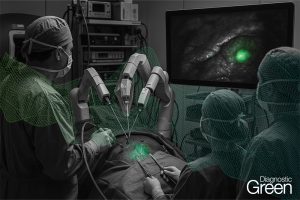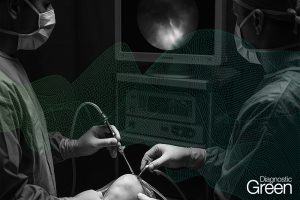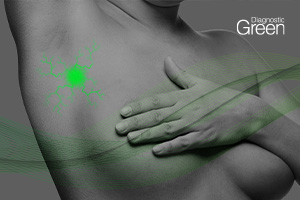Background: There is insufficient evidence on whether indocyanine green (ICG) fluorescence angiography can reduce the incidence of anastomotic leakage (AL). This retrospective cohort study aimed to evaluate the effect of ICG fluorescence angiography on AL rates in laparoscopic rectal cancer surgery at a single institution.
Methods: Patients who underwent laparoscopic low anterior resection or intersphincteric resection with ICG fluorescence angiography (ICG group; n = 73) and patients who underwent a similar surgical procedure for rectal cancer without ICG fluorescence (non-ICG group; n = 114) were enrolled consecutively in this study. ICG fluorescence angiography was performed prior to transection of the proximal colon, and anastomosis was performed with sufficient perfusion using ICG fluorescence imaging. AL incidence was compared between both groups, and the risk factors for AL were analyzed.
Results: AL occurred in 3 (4.1%) and 14 (12.3%) patients in the ICG and non-ICG groups, respectively. In the ICG group, the median perfusion time from ICG injection was 34 s, and 5 patients (6.8%) required revision of the proximal transection line. None of the patients requiring revision of the proximal transection line developed AL. In univariate analysis, longer operating time (odds ratio: 2.758; 95% confidence interval: 1.023-7.624) and no implementation of ICG fluorescence angiography (odds ratio: 3.266; 95% confidence interval: 1.038-11.793) were significant factors associated with AL incidence, although the creation of a diverting stoma or insertion of a transanal tube was insignificant.
Conclusion: ICG fluorescence angiography was associated with a significant reduction in AL during laparoscopic rectal cancer surgery. Changes in the surgical plan due to ICG fluorescence visibility may help improve the short-term outcomes of patients with rectal cancer.




